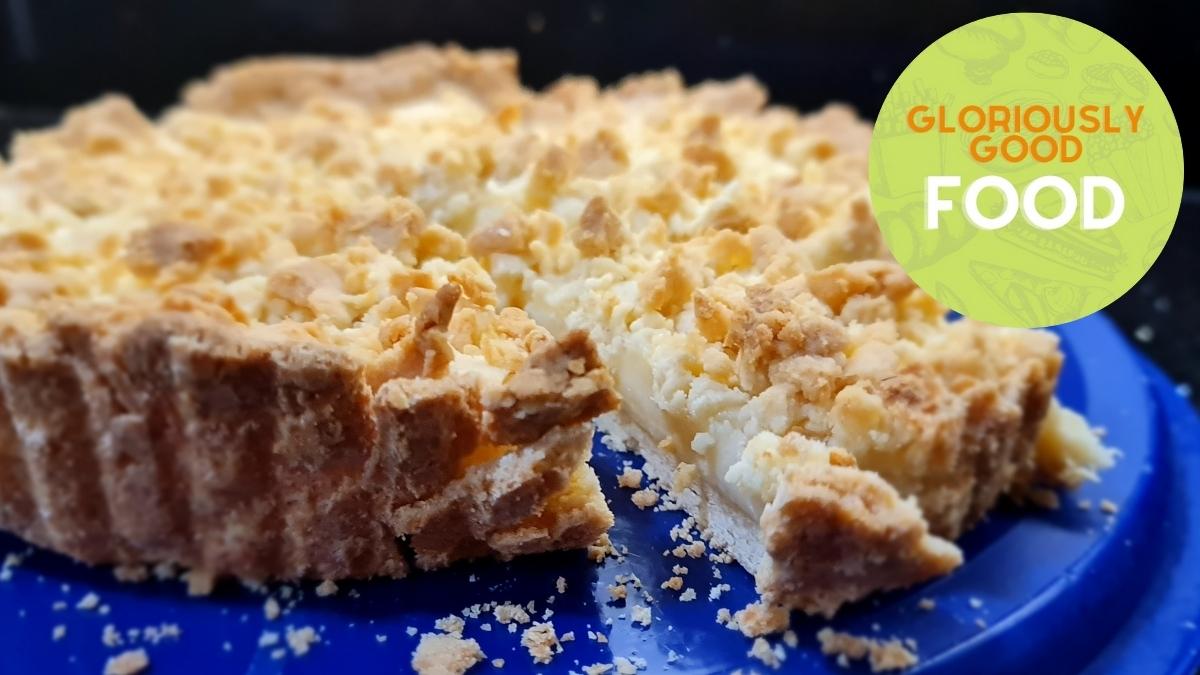Crostata di sbriciolata alla crema pasticcera | Custard-filled crumble pie This is an Italian recipe by Luisa Orizio (Facebook, Instagram), …

Simple Homecooked Recipes by Frederika Roberts
Simple Homecooked Recipes by Frederika Roberts
Simple Homecooked Recipes by Frederika Roberts

Crostata di sbriciolata alla crema pasticcera | Custard-filled crumble pie This is an Italian recipe by Luisa Orizio (Facebook, Instagram), …

This is a delicious sweet focaccia recipe from the brilliant Italian Cucchiaio d’Argento blog. We have made this a few …
Recipe Review: Food Glorious Food Rhubarb and Ginger Crumble Cheesecake When I watched the TV series Food Glorious Food, I …
I adore lemon cheese (or lemon curd…it goes by both names)! I also cherish lime cheese and, recently, tried someone’s …
This Rainbow Trout recipe with dill, parsley and lemon is an adaptation of a recipe I found on a low-cal …
I can’t wait to try this! It takes a bit of digging and link-following to find the actual recipe, but …
This delicious winter warming soup of carrot, parsnip and potato with a hint of cumin and coriander is heavenly on …
Trying this out next week! Looks yummy!!! 🙂 Update: We tried it and it was deeeelish! :))))